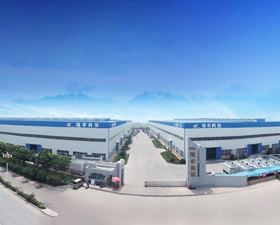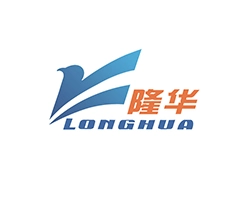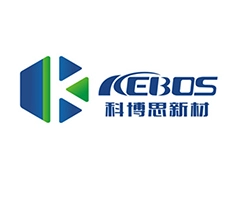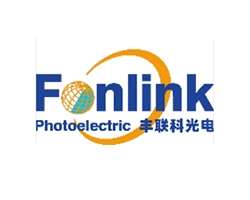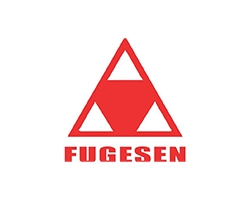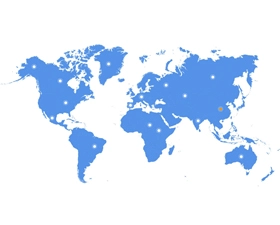Industrial air cooled heat exchangers are common and widely used heat exchange equipment in the fields of petrochemical, oil and gas processing. With their excellent cooling and condensation performance, they play a critical role in industrial production. By providing airflow through fans, they carry away the heat from high-temperature mediums, achieving temperature regulation and equipment protection. This article will delve into the structural characteristics and classifications of industrial air cooled heat exchangers, helping enterprises find the ideal solution for their thermal management needs.
The Structure of Industrial Air Cooled Heat Exchangers
A typical industrial air cooled heat exchanger is composed of the following main parts:
Tube bundle and tube box: The high-temperature medium flows through the tube bundle, and the tube box at both ends is connected to the tube bundle by expansion or welding, ensuring smooth fluid flow without leakage.
Fan: The fan provides powerful air flow, carrying away the heat from the tube bundle for rapid cooling.
Louvers: Adjust the air volume to ensure more uniform air flow during the heat exchange process, thereby improving heat exchange efficiency.
Frame: A sturdy structure supports the air cooler, ensuring stable operation of the equipment in harsh environments.
The Classifications of Industrial Air Cooled Heat Exchangers
Based on different process needs and environmental conditions, industrial air cooled heat exchangers can be divided into the following forms:
By Tube Bundle Arrangement and Installation Form
Horizontal air cooler: The tube bundle is installed horizontally, suitable for general cooling processes, and widely used in the petrochemical and power industries.
Inclined top air cooler: The tube bundle is inclined at a certain angle, usually used for condensation cooling, especially suitable for scenarios with high heat exchange efficiency requirements.
By Cooling Method
Dry air cooler: Relies on continuous air supply from fans, using air as the cooling medium. Simple structure and easy maintenance, it is the most widely used form currently.
Wet air cooler: Enhances heat exchange through water spraying or atomization, with high cooling efficiency. However, the use of water may lead to tube bundle corrosion, and maintenance costs are relatively higher.
By Ventilation Method
Forced draft air cooler: The fan is located below the tube bundle, blowing air from bottom to top, with high cooling efficiency and uniform air distribution.
Induced draft air cooler: The fan is located above the tube bundle, using the induced effect of the airflow to discharge hot air, reducing noise and fan power consumption, making it more energy-efficient and environmentally friendly.
In the petrochemical, natural gas processing, power energy, and other industries, industrial air cooled heat exchangers have become the ideal choice for thermal management due to their high efficiency, reliability, and environmental friendliness. Whether it is equipment cooling, gas condensation, or liquid cooling, choosing the right industrial air cooled heat exchanger will bring better production benefits and longer equipment life to enterprises. Choose industrial air cooled heat exchangers to effectively manage every degree of heat!


 EN
EN
 jp
jp  ko
ko  fr
fr  de
de  es
es  it
it  ru
ru  pt
pt  ar
ar  tr
tr 